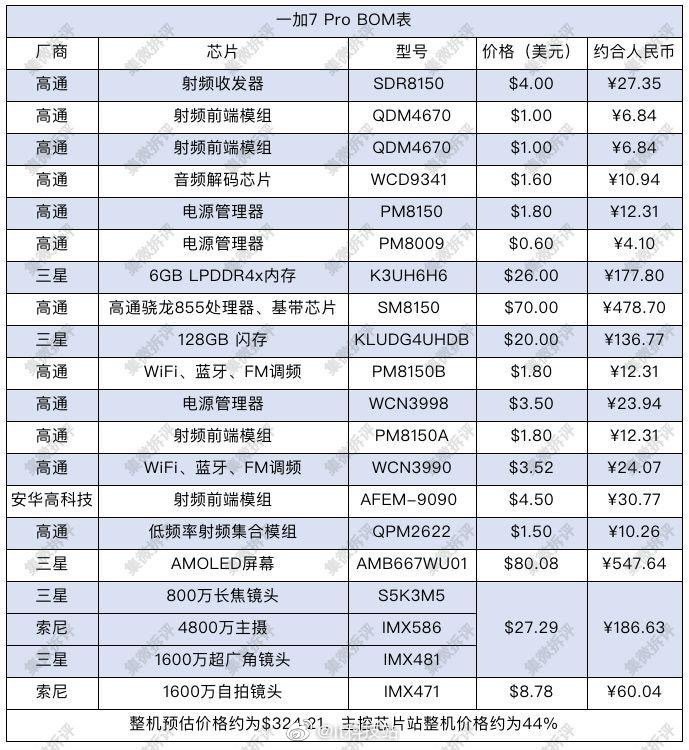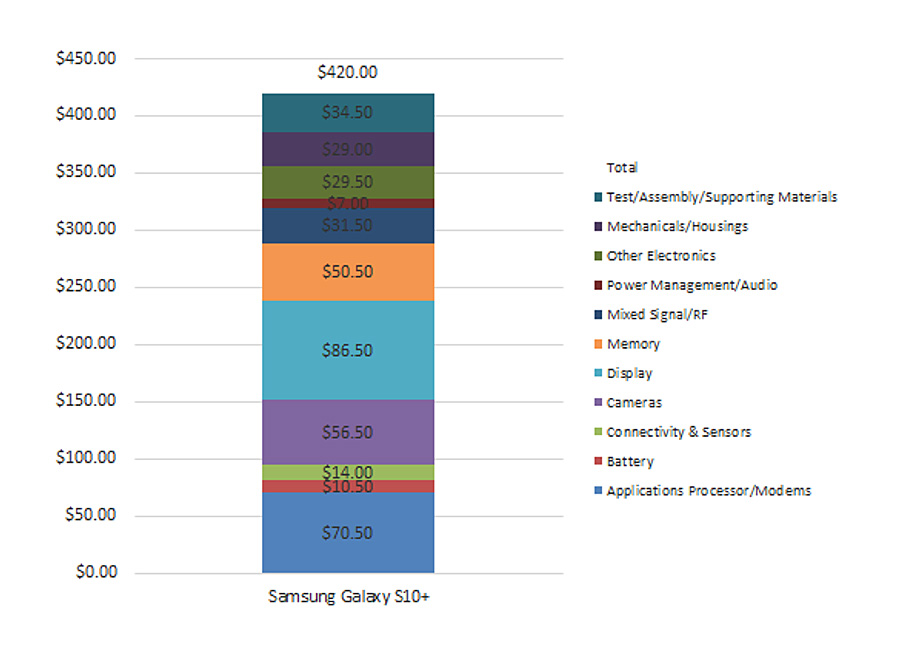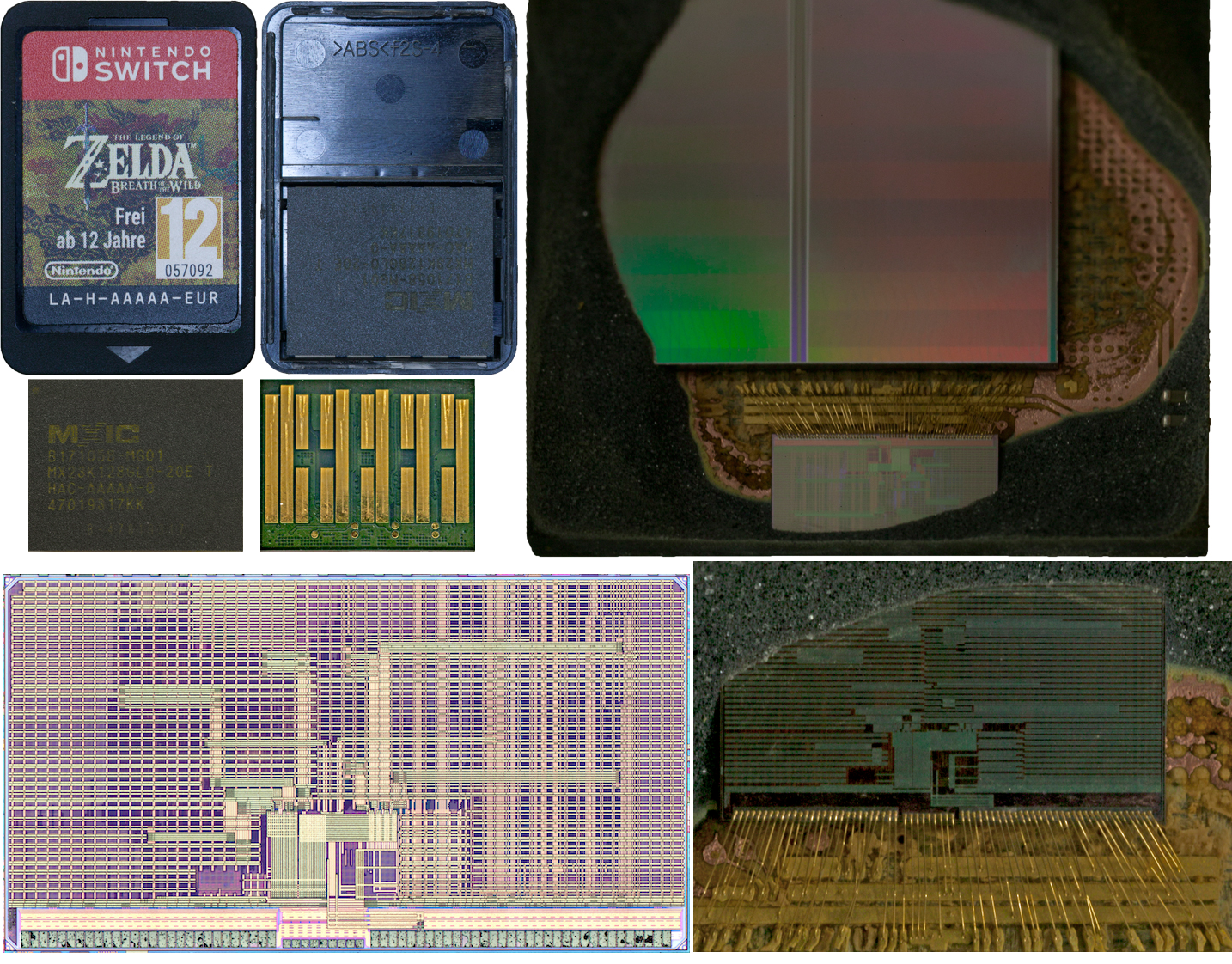I do think we might be going extremely conservative on what's available to Nintendo in 2022 and beyond.
Just for comparison sake the
Oneplus 7Pro BoM listed 128GB of UFS 3.0 storage for $20, if we presume that the next Switch will most likely be $400 then that definitely gives them more breathing room to make allotments for such storage and increased RAM.
Here's the Galaxy s10+ as well for reference, which were both 2019 phones
That’s for UFS 3.0 though, 256GB of 3.0 will be more expensive than 256GB of 2.1 for example.
Sounds ridiculous considering the success of Switch but I do wonder looking at the financial slide for their next system "20XX" if they just sit on the OLED until late 2024 (ride the chip shortage out) then offer a new sort of device entirely.
I meant it more in the silicon and how their thought process/philosophy surrounding it was basically about fixing the Wii’s issues, they had a more modern GPU, had this extra cache and memory besides the system RAM and it was meant for both the GPU and CPU to access that made the process more efficient and it wasn’t a cheap memory either really. And the Wii was basically virtual (GCN too by extension).
Of course the Wii U itself wasn’t a great hardware in comparison to the PS4 and XB1 for devs to work with, but it was an interesting piece of hardware.
And when you think about it, they really addressed the issues with the Wii in many ways. Though it felt short.
It’s not last Nintendo to address faults in their hardware with the next piece of hardware. GCN was a reaction to the N64, N64 was a reaction from the SNES, Wii U was a reaction from the Wii. N3DS was a reaction to the 3DS.
Switch may just be the exception or it could be the norm as the dev tools for it were much better it seems for devs to work with even if not dramatically stronger than the Wii U. It’s much easier.
Not only do they react with hardware but they were willing to react with software as well with the case of the switch.
That isn’t to say the device wouldn’t have its shortcomings as a console is accepted to make due with what it can as a fixed platform, but I think the time has to be considered here. The time now makes the bottlenecks more manageable due to many advancements especially in software side. Not easy, just more manageable but not quite impossible. Or not the same degree of impossibility. I’m not saying it will be the strongest or most modern mind you!
We just have to see. The switch 2, whatever it ends up as will be more of a response to the issues with the Switch which are most notably the CPU and memory.
This pertains to the developer side of things, and what most of us won’t see really off the bat.
Nintendo already addressed one of the complaints with the switch on the consumer side of things with something like an OLED, a much better body, the kickstand. They had that patent for the Joycons which would be the next thing they address consumer side I assume.
Basically this is what I gathered from the hardware, they address two people but not always at the same time. For now, Nintendo seems to have been addressing the consumer more than the developer in a direct manner.
Curious case.






